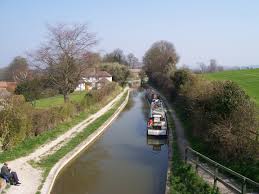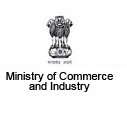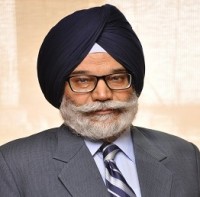The ‘Indian Leather Development Programme’ (ILDP) a central sector scheme, is under implementation with an approved outlay of Rs. 990.36 crore, during 12th Plan period with the following six sub-schemes:
1) Integrated Development of Leather Sector (IDLS) – Assistance is provided for technology up-gradation/modernization of leather units as investment grant @30% to small & micro units and @20% to other units through nationalized banks with maximum assistance of Rs.2 crore for each product line.
2) Human Resource Development (HRD) – Assistance is provided for placement linked skill development training to unemployed persons @ Rs. 15,000 per person and for skill up-gradation training to employed workers @ Rs. 5,000 per employee. For training of trainer’s assistance@ Rs. 2 lakh per trainer is provided. The placement of 75% of trained persons is mandatory for availing assistance related to skill development training component.
3) Mega Leather Cluster scheme – The sub-scheme aims at providing infrastructure support to the Leather Industry by establishment of Mega Leather Cluster. The minimum land area required for Mega Leather Cluster is 25 acres to be set up without tanneries and 40 acres with tanneries. Assistance upto 50% of the project cost is provided by the Government of India under the scheme, excluding cost of land and with maximum assistance limited to Rs. 125 crore.
4) Support to Artisan scheme – Assistance is provided for Support to Artisans for formation of Self-help groups (SHGs), product development, capacity building, providing centralized common facilities centers and marketing linkages.
5) Leather Technology, Innovation & Environmental Issues – Assistance is provided for up-gradation/installation of Common Effluent Treatment Plants (CETPs) @ 50% of the project cost. Pilot Projects under Technology Benchmarking for leather units, organizing Environment Related Workshops and Pilot projects for Solid Waste Management are also eligible for assistance under the scheme.
6) Establishment of Institutional Facilities – Providing infrastructure by way of establishment of two new branches of Footwear Design and Development Institute (FDDI), with assistance of Rs. 100 crore for each branch, in the States of Punjab and Gujrat.
Leather industry and tanning activity in particular, all over the World is linked to environmental concerns. Footwear and Leather products sector has high employment potential and there is a demand for skilled and trained workforce in the footwear manufacturing, design, marketing and retails sector.
To address the human resource constraint and environmental concerns being faced by Indian Leather Industry, two sub-schemes of the Indian Leather Development Programme (ILDP), namely ‘Human Resource Development’ and ‘Leather Technology, Innovation and Environmental Issues’, respectively, are under implementation, during the 12th plan period, the details of which are as under:
(i) Human Resource Development (HRD) – During 12th Five Year Plan, total 3,73,916 unemployed persons have been trained and 3,00,113 trainees have been given placement in leather and footwear industry, so far. Further, under Placement Linked Skill Development Training, a target of 1,44,000 unemployed persons has been set for 2016-17. In addition 6000 workers have been provided skill up-gradation training. The total funds released under HRD sub-scheme of ILDP during 12th Five year Plan is Rs. 542.56 crore.
(ii) Leather Technology, Innovation & Environmental Issues – During 12th Five Year Plan, assistance has been provided to 2 CETP projects having Zero Liquid Discharge (ZLD) technology at SIDCO-II and Dindigul (Tamil Nadu) out of 6 the CETPs approved during 11th Five Year Plan. Rs. 2.27 crore and Rs. 12.53 crore have been released for these projects respectively. One Project of Solid Waste Management in Calcutta Leather Complex has been completed with GOI assistance of Rs. 95.12 lakh under ILDP.













